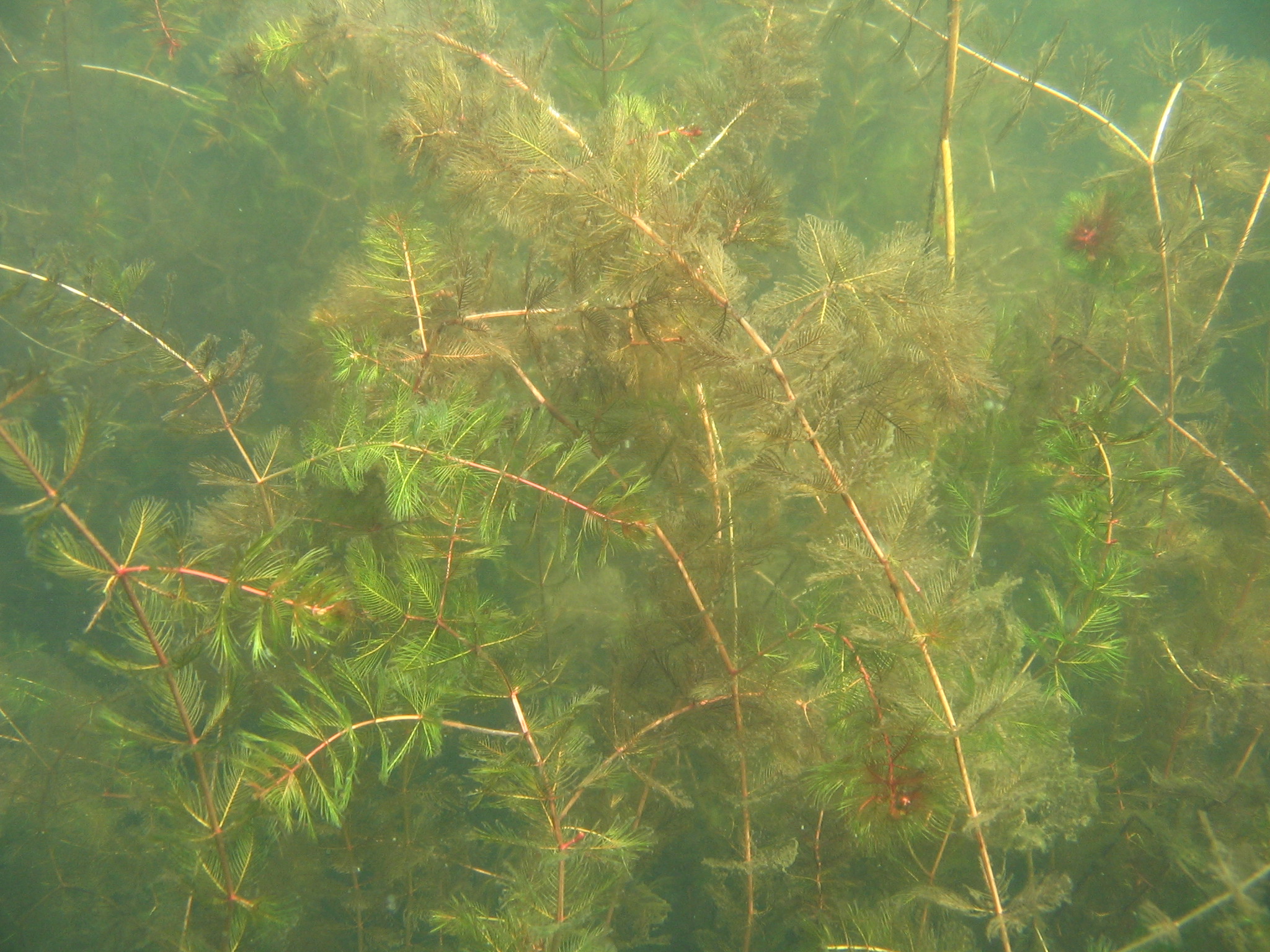Welcome to the Lake Dunmore/Fern Lake Association Milfoil Project
Purpose
The purpose of this site is to inform you of the harmful effects of Eurasian watermilfoil, the steps we are taking to control it and how you can get involved.
History
The LDFLA has been very proactive in its efforts, creating a program to control the spread of milfoil. Starting in 1989, the milfoil program consisted of volunteer “pullers”, who hand-cut and removed plants from Lake Dunmore and Fern Lake. As milfoil expanded throughout the lake, so did the program, growing in 1994 to employ two divers to pull the plants from June through August, and again in 1999 to five divers. These methods initially proved very effective, so much so, that in 2004, the association received the Environment Merit Award from the state of Vermont for their control of Eurasian Milfoil in an environmentally friendly way (i.e. non-chemical control).
The success of the milfoil program began to be severely tested in 2009 when the plant increased exponentially across the lake. Over four times as many plants were pulled from 2008 to 2009; over nine times as many plants were removed from 2009 to 2011; and another substantial increase occurred in 2012. In response to these increases, the lakes association focused more money and effort on harvesting milfoil.
LDFLA Milfoil Harvest Team
As divers had to clear larger infested areas, re-growth in previously maintained areas was inevitable. Thus in 2012, the program expanded again by adding a second suction harvester and hiring full time crew manager. Growth continued, and by 2015, the team had grown to four vacuum harvesting machines, a small service boat and a crew of 17 working 240 hours a week.
Current Status
The milfoil team works hard to keep the invasive weed in check, but the cost of the program has dramatically risen over the past several years, and is only partially funded by resident dues and state and local taxes. In order to ensure that Lake Dunmore and Fern Lake can continue to fund the milfoil program, the association launched the very successful capital campaign Lakes Alive, which resulted in a substantial permanent endowment. for the expressed purpose of protecting the water quality.
Our milfoil control program in 2023 was, once again, supported by funding from the Vermont Department of Environmental Conservation (VTDEC) Aquatic Nuisance (ANC) Grant in Aid. These funds helped pay for the Greeters at the Magoon Access Area, as well as for equipment and labor to remove Eurasian milfoil (EWM) from our two lakes. We also receive significant funding from the Town of Leicester and the Town of Salisbury to assist with our milfoil control program.
The results of our EWM control program in 2023 continue to be relatively positive and after years of struggling to keep up with the infestation and spread of EWM, our recent efforts have shown signs of success. Although EWM has recovered and increased in both lakes, it is still significantly less than prior to our last application of herbicide in 2020. On Lake Dunmore, there are fewer heavy patches of milfoil but there is still a significant amount of sparsely scattered plants. Fern Lake has also experienced in increase in EWM. Our efforts are on-going, and we will continue to seek assistance from VTDEC as we address the EWM situation in the future. Our objective is, to the extent possible, to rely on hand-pulling or diver assisted suction harvesting (DASH) to control the EWM.
Many LDFLA members contribute their time and energy as volunteers to assist with our milfoil prevention efforts. These volunteers are important for our program’s overall success and demonstrate our commitment to preserving our lakes.
Read our 2020 Final Report of Aquatic Vegetation of Lake Dunmore & Fern Lake
Read our 2021 Final Report of Aquatic Vegetation of Lake Dunmore & Fern Lake
Read our 2022 Final Report of Aquatic Vegetation of Lake Dunmore & Fern Lake (coming soon)
Read our 2023 Final Report of Aquatic Vegetation of Lake Dunmore & Fern Lake (coming soon)
Our Main Tools
Below are the primary tools that we employ to fight milfoil on Lake Dunmore and Fern Lake.
Suction Harvesting
Our main line of defense. Divers manually pull each plant from the bottom, carefully getting the entire root when possible. The entire plant is then sucked to the deck of the harvester boat where it is placed in buckets for disposal on land.
Herbicides
We have been working closely with the state and also studying what other lakes have been doing successfully. The newer, more selective and specific herbicides do not kill most aquatic plants. As such, we have applied to the state for a permit to use milfoil-specific herbicides on a very limited basis to address some particularly difficult patches.
.
Greeters
The LDFLA employs greeters at the public boat launch (near Waterhouses) to inspect boats and educate boaters about milfoil and other invasive species. The primary way that invasive species are spread to and from our lakes is by clinging to the hulls of boats and trailers. The greeters’ work includes friendly inspections of watercraft and trailers for invasive species as they enter and leave our lake and anonymous data collection while enjoying the beautiful Vermont summer outside.



